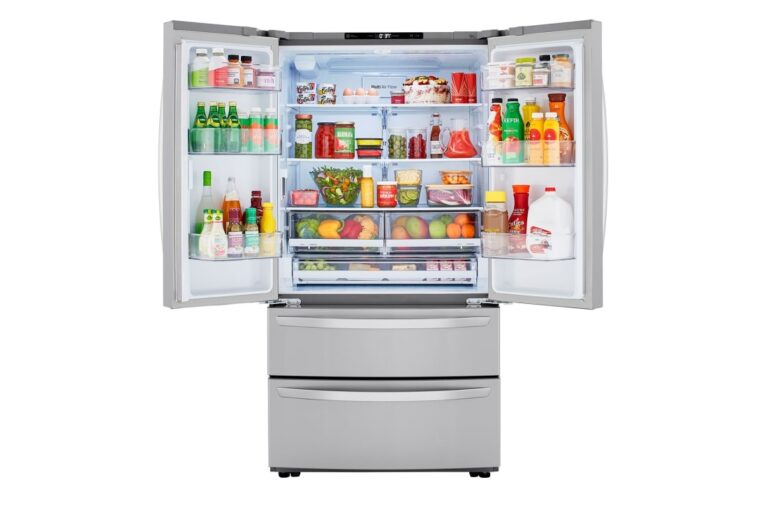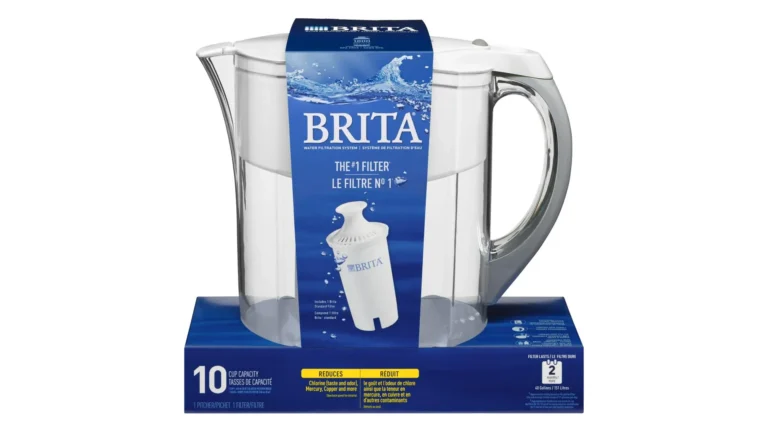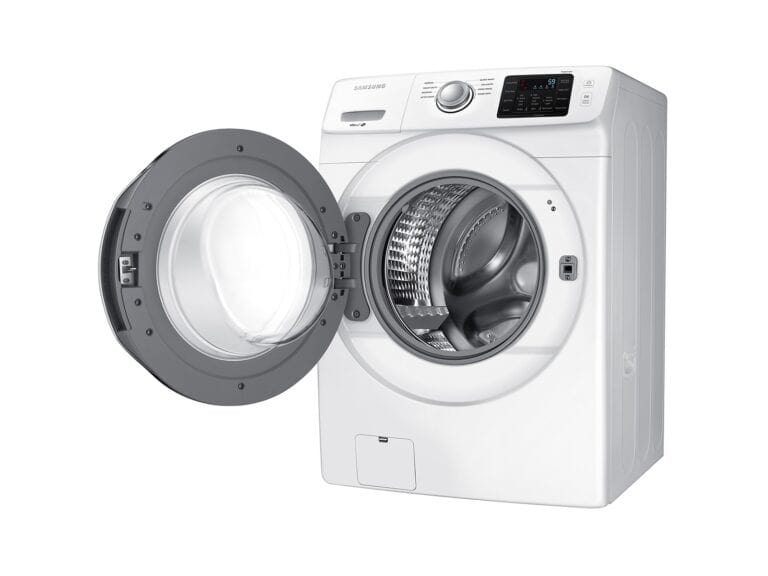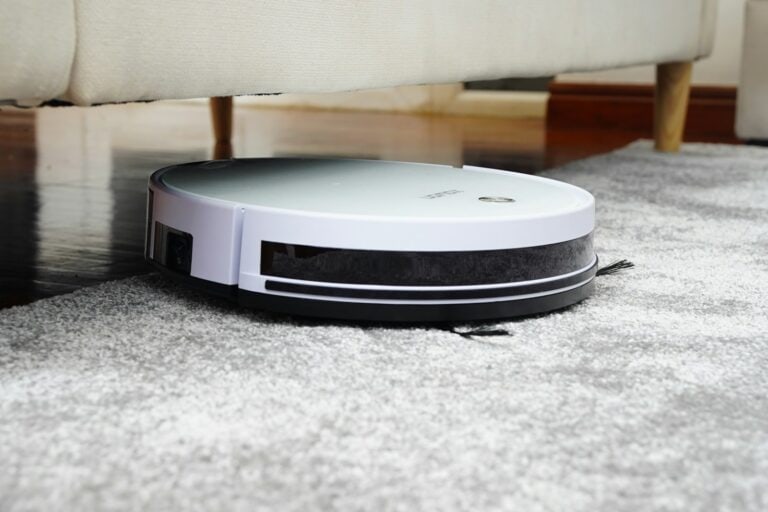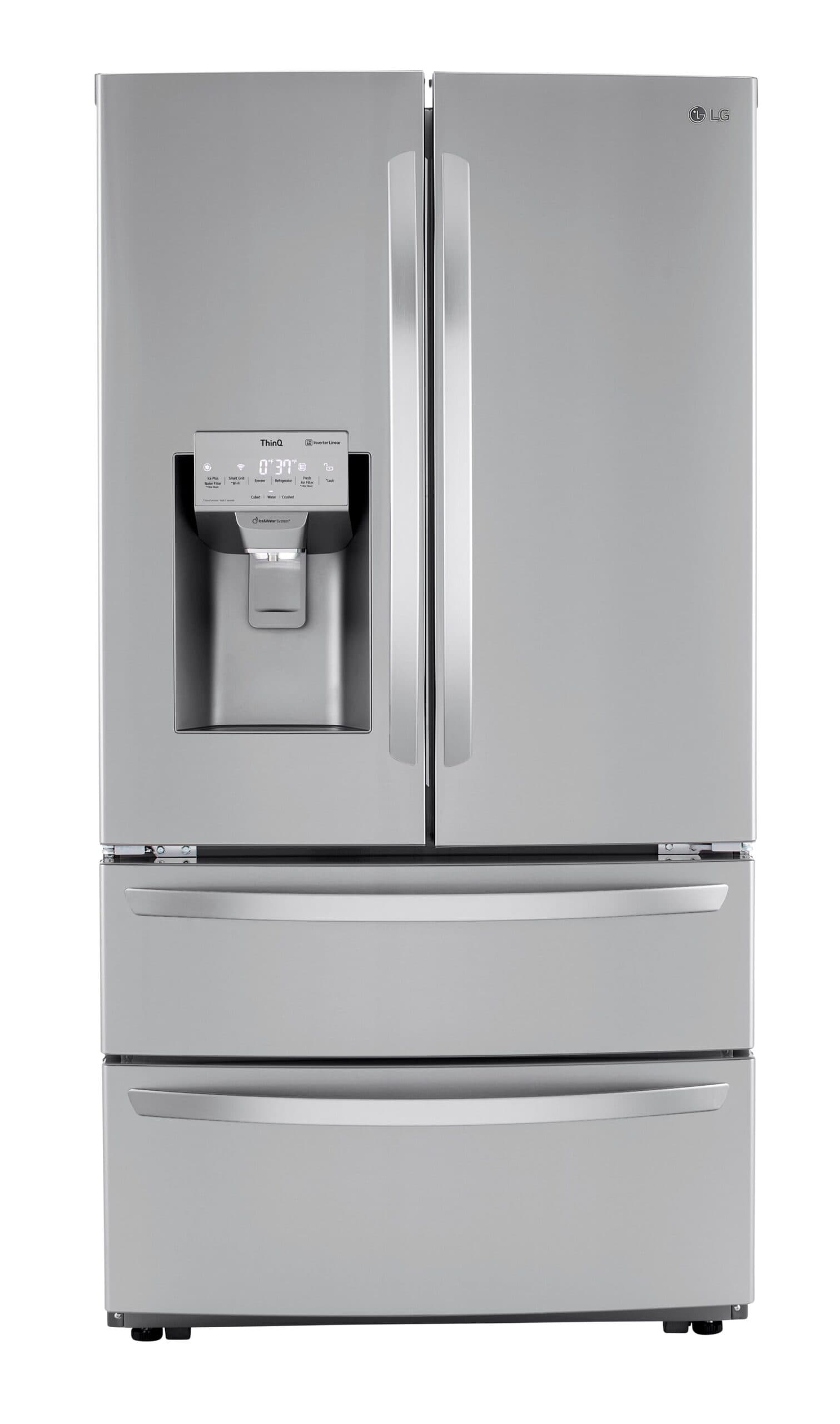
LG refrigerators are known for their reliability, but issues can arise. Common problems include inconsistent cooling, ice maker malfunctions, and water dispenser troubles. These issues often have simple solutions that owners can tackle themselves.
Troubleshooting an LG refrigerator starts with identifying the specific problem. Is the fridge not cooling at all, or is it just not reaching the desired temperature? Are certain areas colder or warmer than others? Once the issue is pinpointed, the next step is to check basic factors like temperature settings and power supply.
Many cooling problems can be resolved by adjusting temperature controls or ensuring proper airflow. For ice maker and water dispenser issues, checking water supply lines and filters is often effective. If these steps don’t work, more advanced troubleshooting may be needed, such as examining compressors or condenser coils.
Setting Up and Troubleshooting Your LG Refrigerator
Congratulations on your new LG refrigerator! Here’s a guide to help you get it set up and running smoothly, along with some troubleshooting tips for common issues.
Initial Setup
- Unboxing and Placement: Carefully unbox your refrigerator and remove any packaging materials. Place it in its designated location, ensuring there’s adequate clearance around the unit for proper ventilation.
- Leveling: Use a level to ensure your refrigerator is level from side to side and front to back. Adjust the leveling legs as needed to prevent wobbling and ensure proper door closure.
- Connecting to Water (if applicable): If your refrigerator has an ice maker or water dispenser, connect it to a cold water supply line using the provided tubing. Follow the manufacturer’s instructions for proper connection.
- Power On: Plug your refrigerator into a grounded electrical outlet. Allow it to cool down for a few hours before loading it with food.
Temperature Settings
- Recommended Settings: LG recommends setting the refrigerator temperature to 37°F (3°C) and the freezer temperature to 0°F (-18°C).
- Adjusting Temperature: Use the control panel on your refrigerator to adjust the temperature settings as needed. Refer to your user manual for specific instructions.
Troubleshooting
| Problem | Possible Solutions |
|---|---|
| Refrigerator is not cooling | Check the power supply. Make sure the temperature settings are correct. Ensure proper ventilation around the unit. Clean the condenser coils. |
| Ice maker is not working | Check the water supply line. Make sure the ice maker is turned on. Check for ice blockages. |
| Water dispenser is not working | Check the water supply line. Make sure the water filter is installed correctly and not clogged. |
| Refrigerator is making noise | Some noise is normal, but excessive noise could indicate a problem. Check for loose items or uneven leveling. Contact LG support if the noise persists. |
| Door is not closing properly | Check for obstructions. Ensure the refrigerator is level. Check the door seals for damage or debris. |
Smart Features (if applicable)
- LG ThinQ App: If your refrigerator has smart features, download the LG ThinQ app to control and monitor your refrigerator remotely.
- Wi-Fi Connection: Follow the instructions in your user manual to connect your refrigerator to your home’s Wi-Fi network.
Maintenance
- Clean Condenser Coils: Clean the condenser coils on the back of your refrigerator every 6 months to ensure efficient cooling.
- Replace Water Filter: Replace the water filter every 6 months or as recommended by LG.
- Clean Interior: Regularly clean the interior of your refrigerator to prevent odors and bacteria buildup.
Contacting LG Support
If you encounter any issues that you can’t resolve yourself, don’t hesitate to contact LG customer support for assistance.
Key Takeaways
- Identify the specific problem before starting troubleshooting
- Check basic settings and connections first
- Consult the user manual or LG support for advanced issues
Identifying Common Problems
LG refrigerators can experience various issues that affect their performance. These problems range from cooling difficulties to frozen items and other frequent concerns.
LG Refrigerator Not Cooling
A refrigerator that fails to cool properly is a major concern. This issue often stems from problems with the compressor, condenser coils, or temperature control board. Users may notice food spoiling quickly or the fridge interior feeling warm.
To troubleshoot, check if the compressor is running. A humming sound indicates it’s working. Inspect the condenser coils for dust buildup, which can hinder cooling. Clean them if necessary.
Verify the temperature settings are correct. Sometimes, accidental adjustments lead to cooling problems. If these steps don’t work, the issue might be with the evaporator fan motor or a refrigerant leak, requiring professional repair.
Frozen Items in the Refrigerator
Finding frozen items in the main compartment indicates a temperature regulation problem. This can result from a faulty thermostat, damper control assembly, or temperature sensor.
Check the temperature settings first. The ideal refrigerator temperature is between 37°F and 40°F (3°C to 4°C). If settings are correct but items still freeze, inspect the damper control. A stuck-open damper allows too much cold air from the freezer.
The thermostat might need replacement if it’s not regulating temperature properly. In some cases, a malfunctioning defrost system can cause excess ice buildup, leading to temperature inconsistencies.
Other Frequently Reported Issues
LG refrigerators may face additional problems:
- Ice maker not working
- Water dispenser malfunction
- Unusual noises
- Door seal issues
Ice maker troubles often relate to water supply or freeze-up problems. Check the water line for kinks or blockages. Ensure the freezer temperature is cold enough for ice production.
Water dispenser issues may stem from clogged filters or frozen water lines. Replace the filter regularly and check for ice buildup in the water line.
Strange noises could indicate fan motor problems or loose components. Investigate the source and tighten any loose parts.
Door seal problems lead to energy waste and cooling issues. Inspect seals for damage and clean them to ensure proper closure.
Troubleshooting Steps
LG refrigerator issues can often be resolved through smart diagnosis or manual inspection. These methods help identify and fix common cooling problems quickly.
Using Smart Diagnosis Feature
LG’s Smart Diagnosis feature simplifies troubleshooting. To use it, download the LG ThinQ app on a smartphone. Open the app and select the refrigerator model. Press the Smart Diagnosis button in the app. Hold the phone near the refrigerator’s speaker. The app will analyze the sounds and provide diagnostic results.
Smart Diagnosis can detect issues like:
- Faulty compressors
- Defrost system problems
- Temperature sensor malfunctions
The app offers step-by-step solutions for many problems. For complex issues, it may recommend contacting LG support.
Manual Inspection and Quick Fixes
Manual checks can solve many cooling problems. Start by ensuring the refrigerator is plugged in and the circuit breaker is on. Check the temperature settings. The ideal range is 37°F for the fridge and 0°F for the freezer.
Inspect the door seals for damage or food debris. Clean them with warm, soapy water if needed. A tight seal is crucial for proper cooling.
Check the condenser coils at the back or bottom of the unit. Dust and dirt can reduce efficiency. Clean them with a vacuum or brush.
Ensure proper airflow inside the fridge. Avoid overloading shelves. Leave space between items for cold air circulation.
If these steps don’t work, unplug the refrigerator for 10 minutes, then plug it back in. This can reset the compressor and solve minor issues.
When to Request a Repair Service
Recognizing when professional help is needed for refrigerator issues can save time and prevent further damage. Certain problems require expert attention to ensure proper functioning and food safety.
Assessing the Severity of Refrigerator Problems
Not all refrigerator issues need immediate professional attention. Minor problems like a burned-out light bulb or a dirty condenser coil can often be fixed at home. However, some signs indicate a need for expert repair:
- Inconsistent cooling or freezing
- Unusual noises or vibrations
- Water leakage
- Frost buildup in the freezer
- Error codes on the display panel
LG refrigerators may show specific error codes like EOd for Wi-Fi connection issues or ECH/ECL for refrigerant leakage. These codes can help diagnose the problem’s severity.
Scheduling a Repair Service
When DIY troubleshooting fails to resolve the issue, it’s time to call for professional help. LG offers various options for repair services:
- Online scheduling: Visit LG’s website to request a repair
- Phone support: Call 1-855-549-0540 for 24/7 assistance
- In-warranty service: Free repairs for covered issues
- Out-of-warranty service: Flat-rate pricing starting at $299
Before scheduling, gather information about the refrigerator model and symptoms. This helps technicians prepare for the visit. LG’s customer service can guide users through the repair process and provide available service dates.
Popular LG Refrigerator Models
LG offers a wide range of refrigerator models to suit various household needs. The LFC25760 series is a popular choice for many consumers. It comes in different finishes like stainless steel (ST), black (SB), white (SW), and titanium (TT).
The LFX21960ST is another well-known model. This French door refrigerator features a spacious interior and advanced cooling technology. It’s designed to keep food fresh for longer periods.
For those seeking extra freezer space, the LFX25950SB is an excellent option. This model boasts a large capacity and energy-efficient operation. It also includes features like a water dispenser and ice maker.
Here’s a quick comparison of these popular LG refrigerator models:
| Model | Type | Capacity | Key Features |
|---|---|---|---|
| LFC25760 | Bottom Freezer | 25 cu. ft. | Multi-Air Flow, Smart Diagnosis |
| LFX21960ST | French Door | 21 cu. ft. | Linear Compressor, Door-in-Door |
| LFX25950SB | French Door | 25 cu. ft. | Dual Ice Maker, Smart Cooling Plus |
These models offer a mix of features to cater to different household sizes and preferences. Buyers can choose based on their specific needs for storage, energy efficiency, and convenience features.
Frequently Asked Questions
LG refrigerator owners often face common issues that can be resolved through proper troubleshooting. These questions address typical problems and offer practical solutions.
How can I troubleshoot an ice maker problem in an LG refrigerator?
Check if the ice maker is turned on. Ensure the water supply is connected and functioning. Clear any ice jams in the dispenser chute. If issues persist, inspect the water inlet valve for clogs or damage.
What steps should I take if my LG refrigerator is running but not cooling?
Start by checking the temperature settings. Clean the condenser coils if they’re dusty. Verify that vents aren’t blocked by food items. Test the door seals for proper closure. If cooling issues continue, the compressor or refrigerant system may need professional inspection.
Where can I find error codes for LG refrigerators?
Error codes are typically displayed on the refrigerator’s control panel. Consult the user manual for a list of codes and their meanings. LG’s official website also provides a comprehensive error code database for quick reference.
How do I reset the compressor on my LG refrigerator?
Unplug the refrigerator for 10 minutes to reset the compressor. This allows the electrical charge to dissipate. After reconnecting power, listen for the compressor to start. If it doesn’t, a technician may need to examine the unit.
What are some common issues with LG refrigerators?
Cooling problems and ice maker malfunctions are frequent concerns. Some users report temperature fluctuations or frost buildup. Door seal issues can lead to energy inefficiency. Display panel errors sometimes occur, requiring a reset or professional service.
What is the process to reset a LG refrigerator?
For a basic reset, unplug the refrigerator for about 30 seconds. Plug it back in and wait 24 hours for temperatures to stabilize. Some models have a specific reset button on the control panel. Refer to the user manual for model-specific reset procedures.

